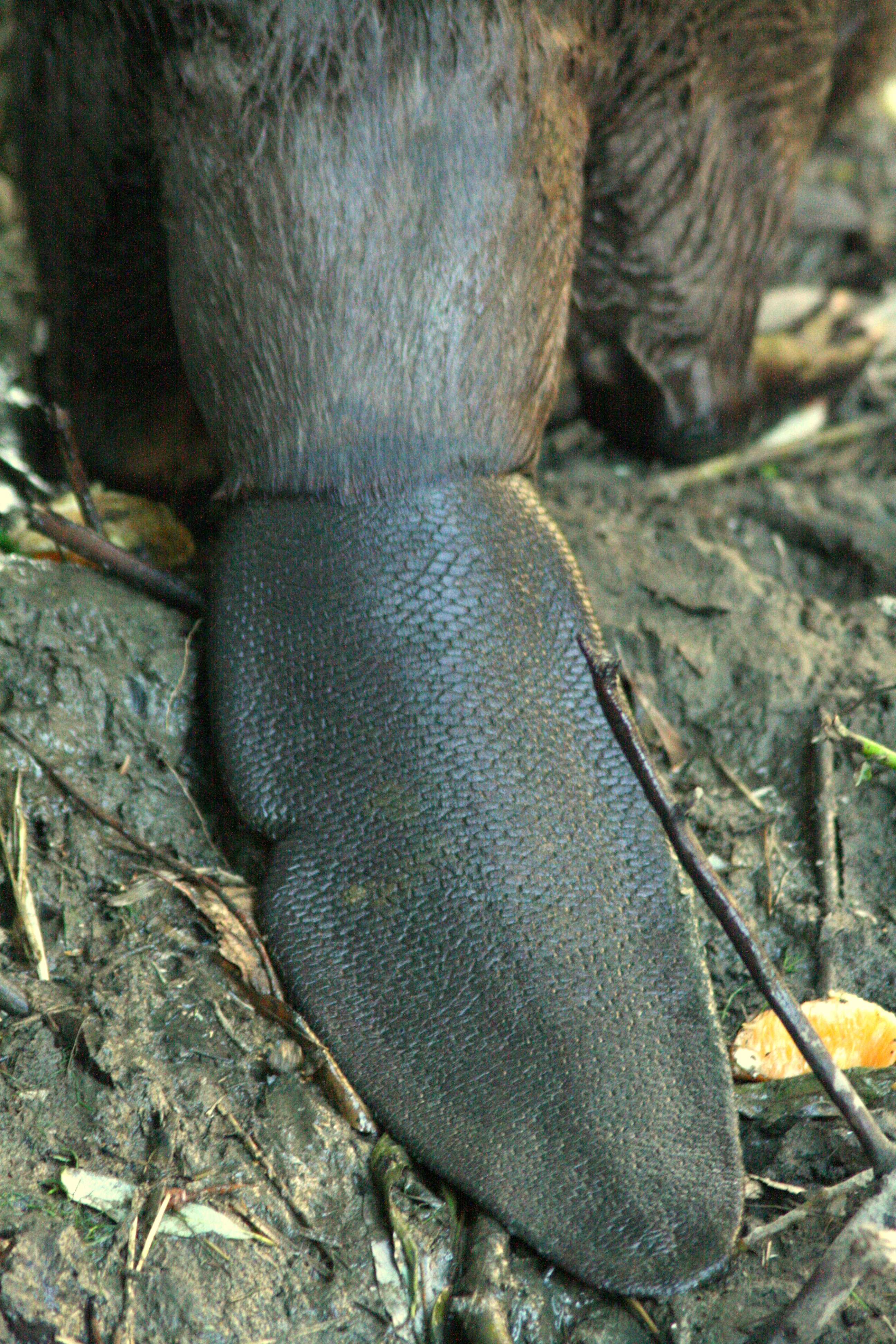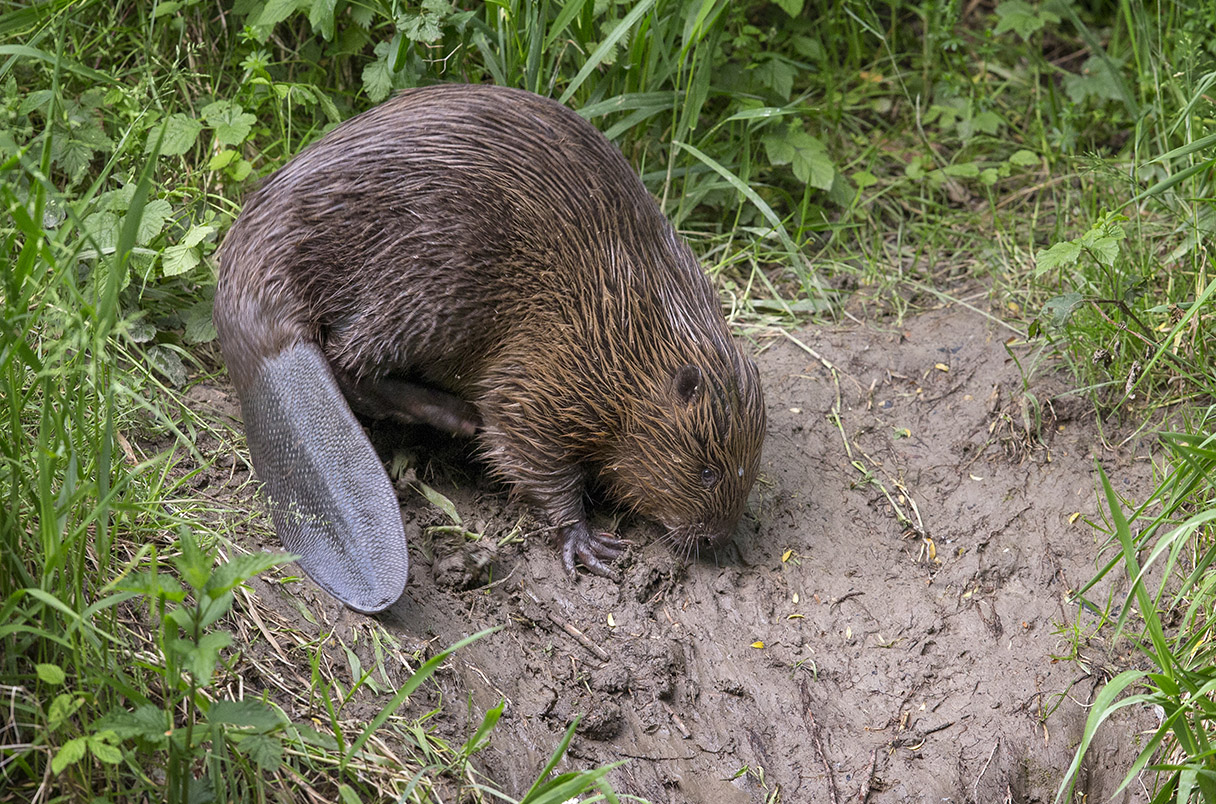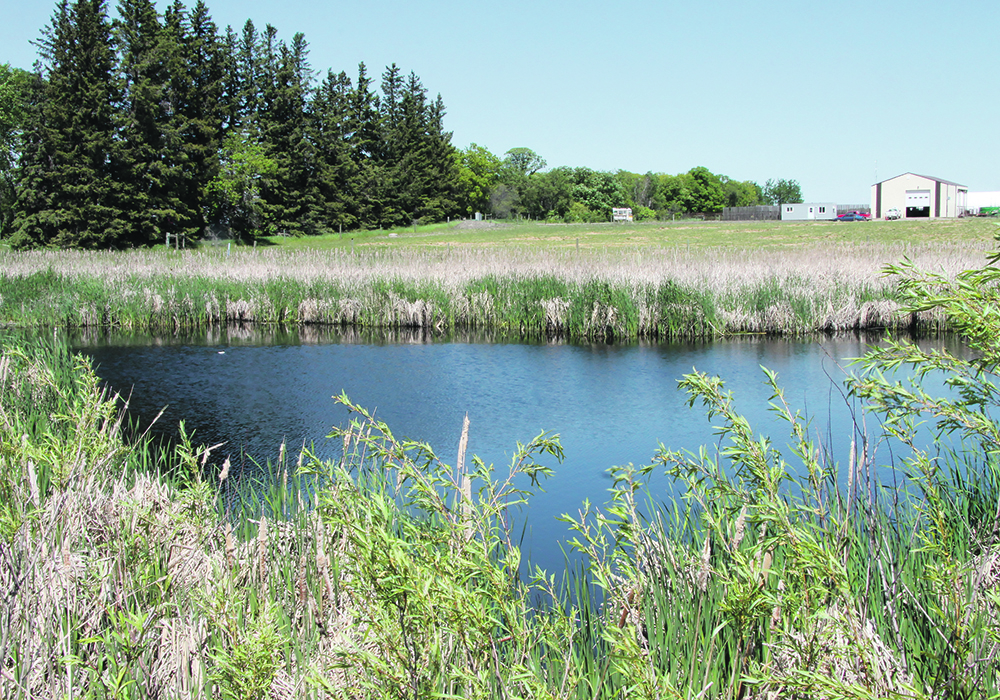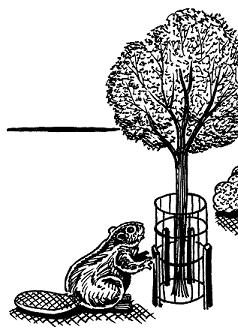Like thumbs. all alike
:Like thumbprints. all different
I remember it was Christmas season after the big meeting on November 7 but before Skip had installed the flow device, There was no W0rth A Dam. and not even the thought of one yet. Moses wanted to come over and show some exciting new footage. I barely knew him back then, but he brought a girlfriend that was someone I did know, one of the superior court clerks for a family law judge I had worked with before. She said she had noticed something about one of the beavers tails.
We weren’t very tech savvy back in those days and it took forever to hook the video up to the TV but when we finally did we saw he had footage of mom and dad beaver mating and that mom had a distinct marking in her tail
It was a very very big discovery. Because it meant we could tell them apart. and that everyone could recognize who was who. (Plus it meant we were having Kits again).
Anyway it was JOYFUL. Understanding tail differences has always been joyful to me. So maybe that explains how happy I was to see this:
AI tells beavers apart by the ‘fingerprint’ patterns on their tails
Computer identification of individuals could help researchers study recovery of the species without stressing the animals
Beavers rely on their leathery tails to steer while swimming and to loudly smack the water as an alarm call. A covering of lizardlike scales makes these tails so handy. It also provides a way to tell the animals apart. According to a study published this week in Ecology and Evolution, a computer algorithm can accurately identify individual beavers by the pattern of scales on their tails, a bit like human fingerprints.
The advance could be good news for the Eurasian beaver (Castor fiber), which was nearly hunted to extinction in the 19th century. As the species recovers, researchers have been estimating the size of populations using ear tags and radio collars. But capturing beavers can stress them, so scientists trained a pattern-learning type of artificial intelligence on images of tails from 100 Eurasian beavers that had been hunted in Norway. The program was 96% accurate at telling the animals apart.
Did you hear that? Finally some good news about AI! Since beavers can tell eachother apart with 100% accuracy and no computer they are still better than us but this could come in handy.
The scientists analyzed photographs taken in a laboratory under good lighting, but the approach should be feasible with images from the wild, they say. In another study, published in the European Journal of Wildlife Research last year, the same team showed that adding a small plastic lens to automatic cameras in the field provided a fourfold boost in high-quality photos—good enough to help computers identify some of nature’s most famously industrious animals.
This is fantastic news because beavers are the wrong shape for radio collars and tail transmitters are famous for ripping our and leaving horrible scars,
Of course you know there are sadistic scientists at CDFW really bummed that they won’t need to put bolts thru beavers to tell them apart. anymore.
Too bad.










































